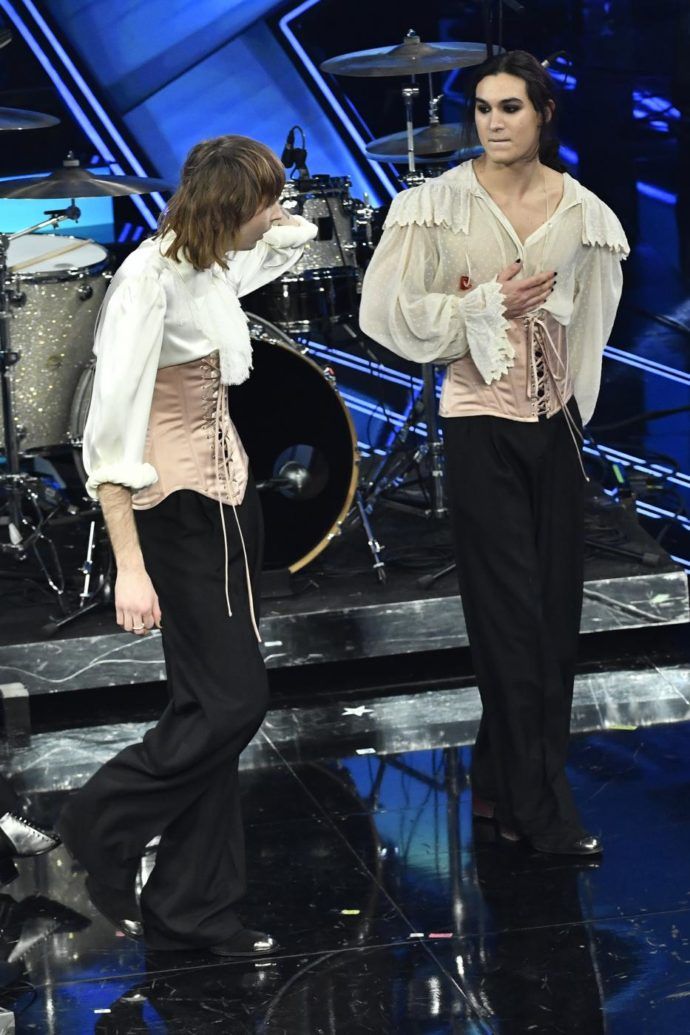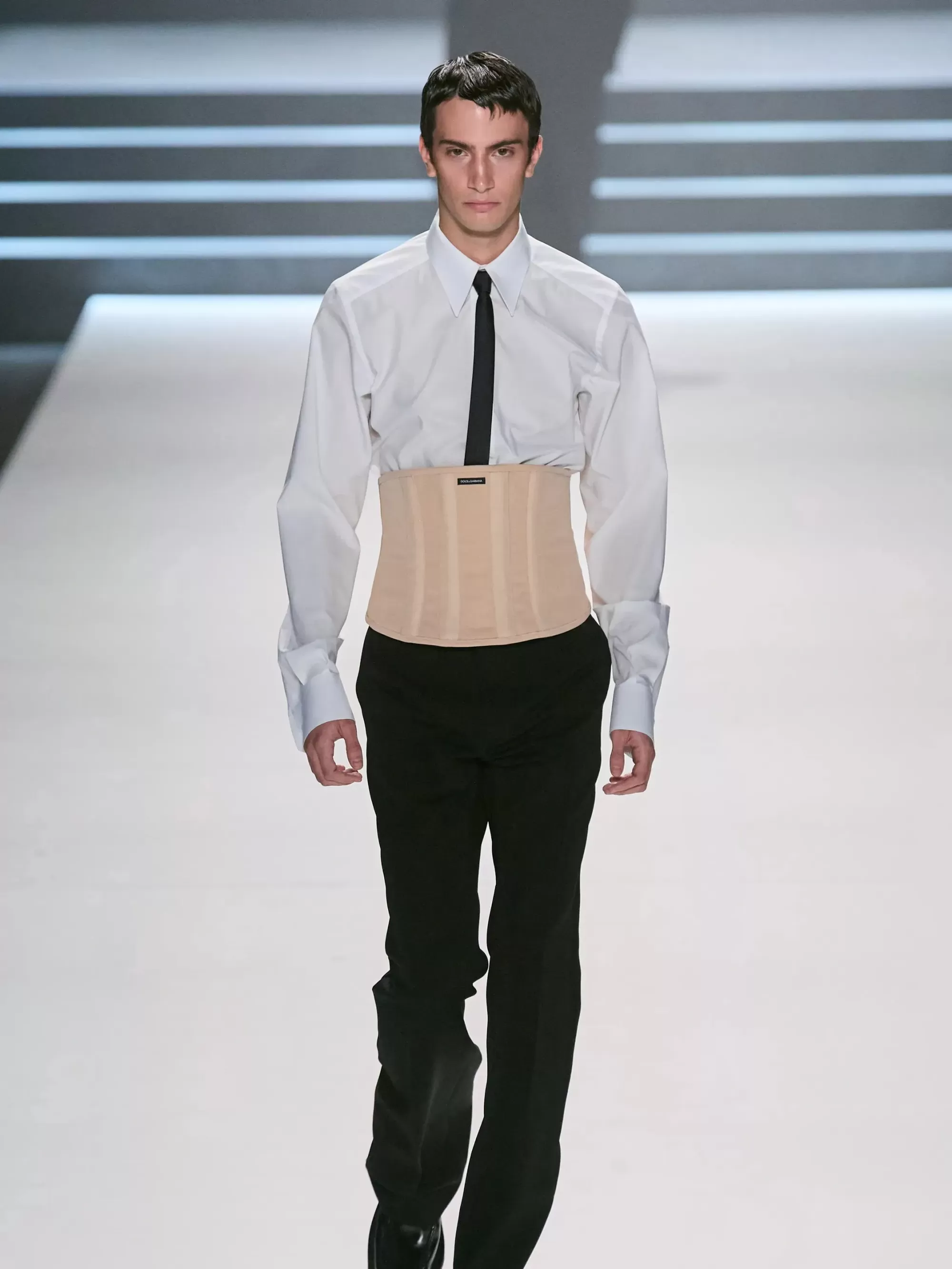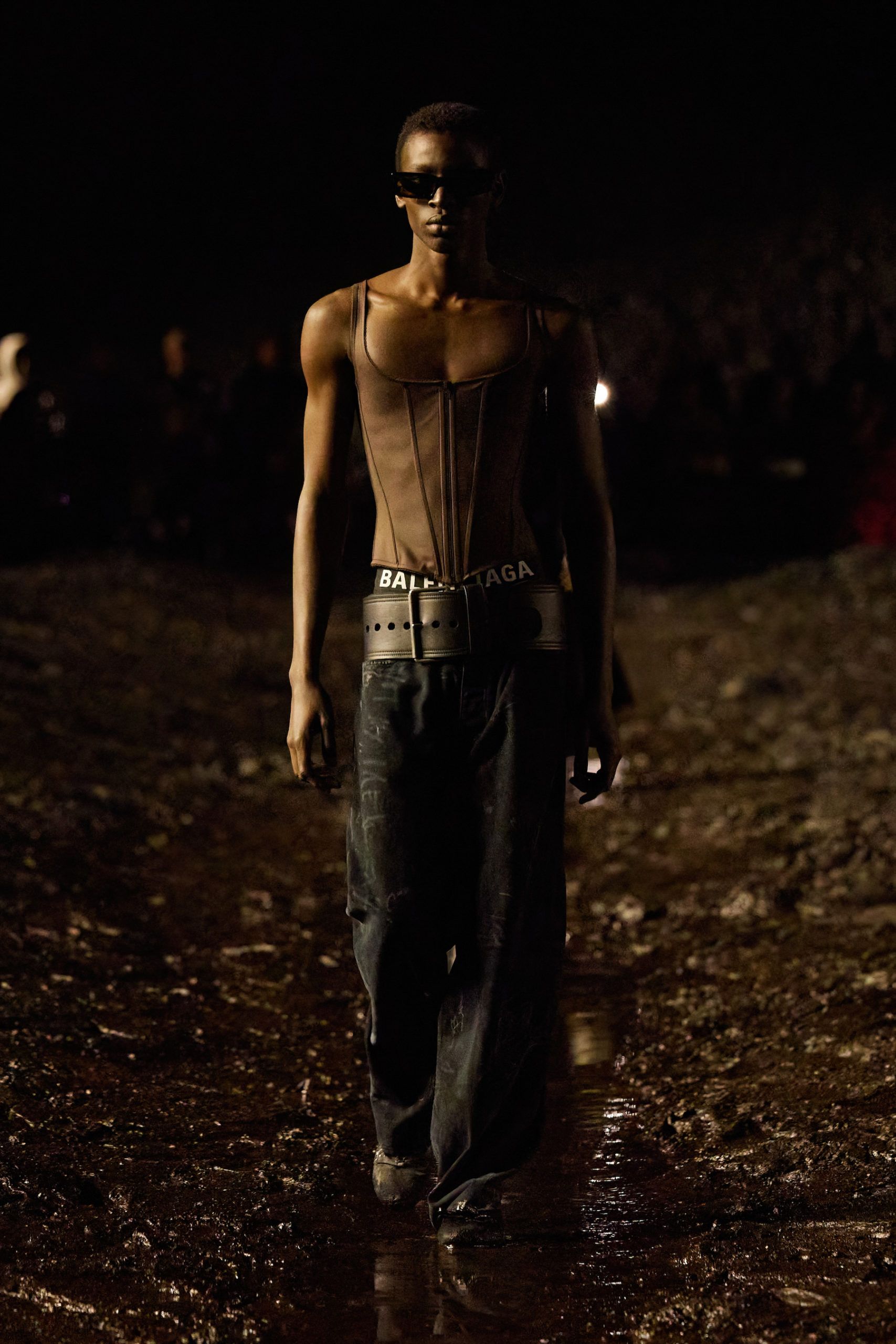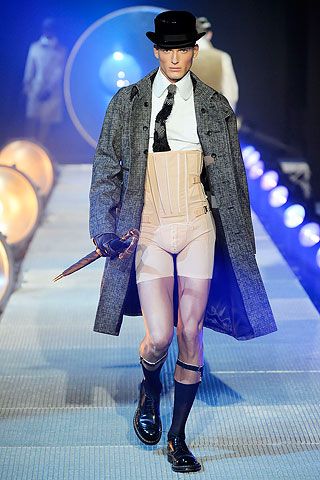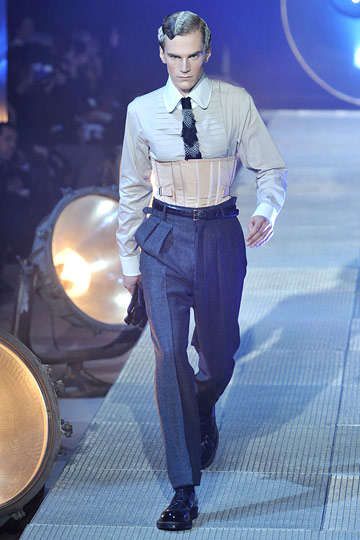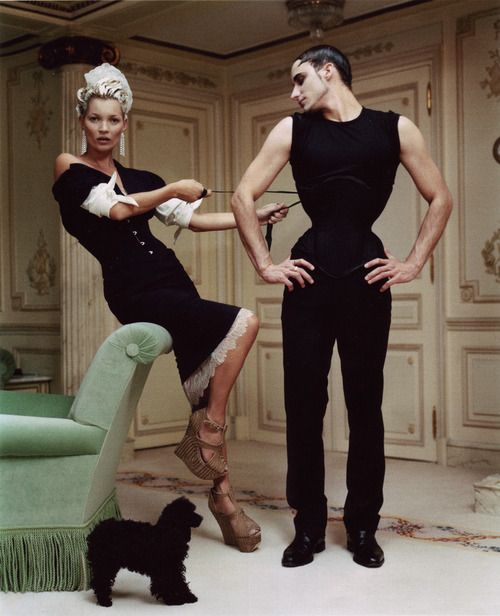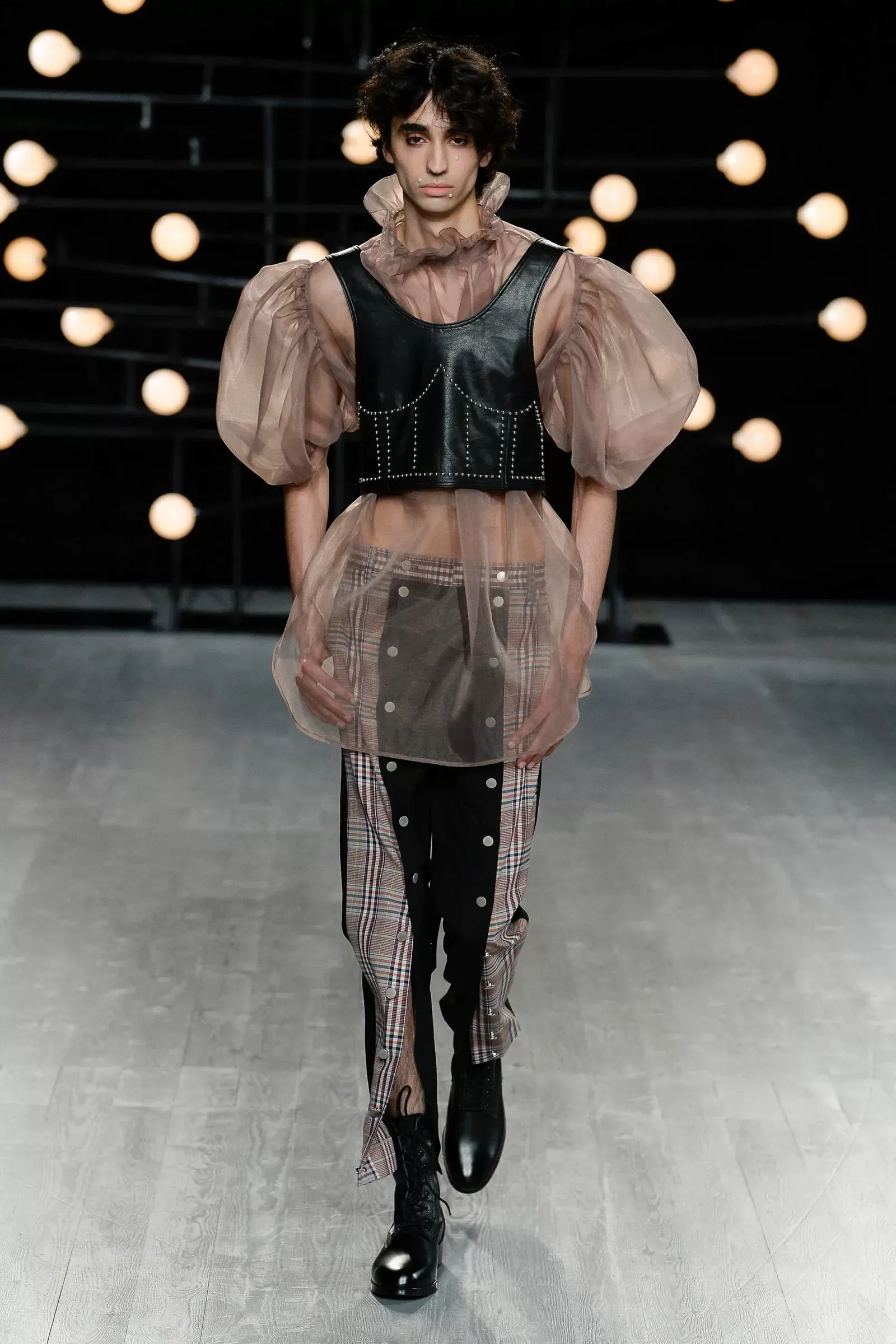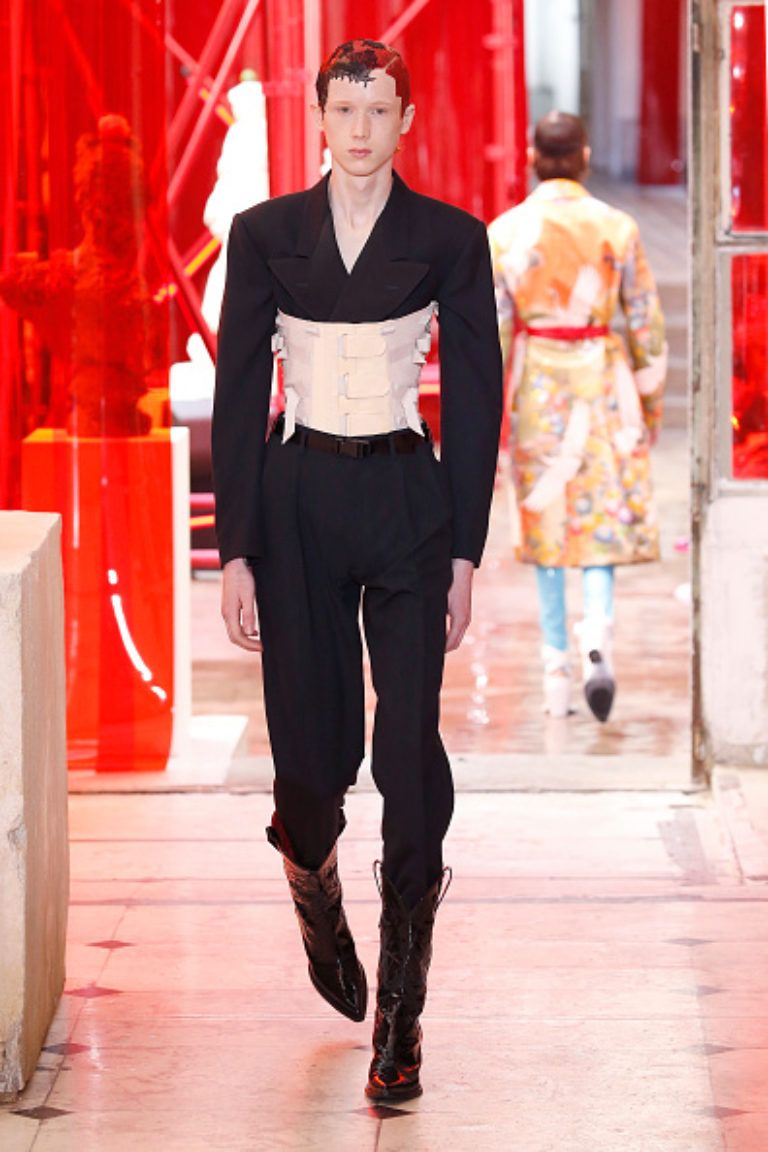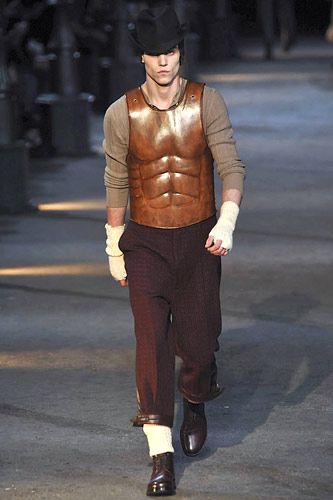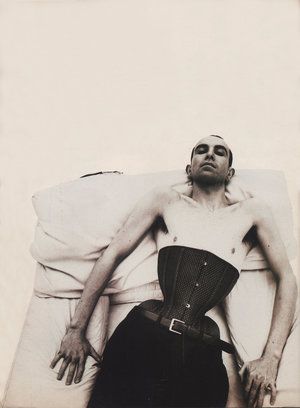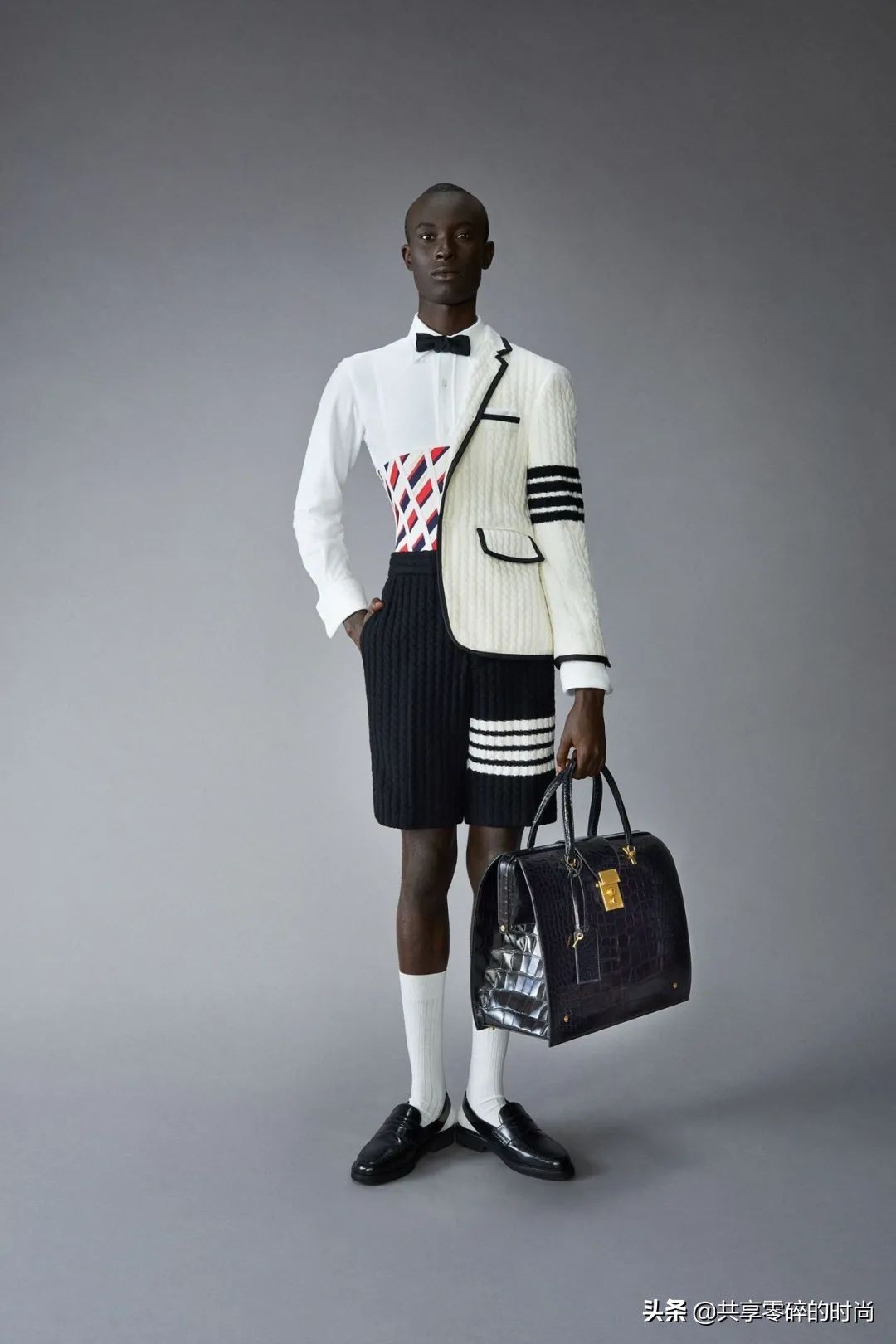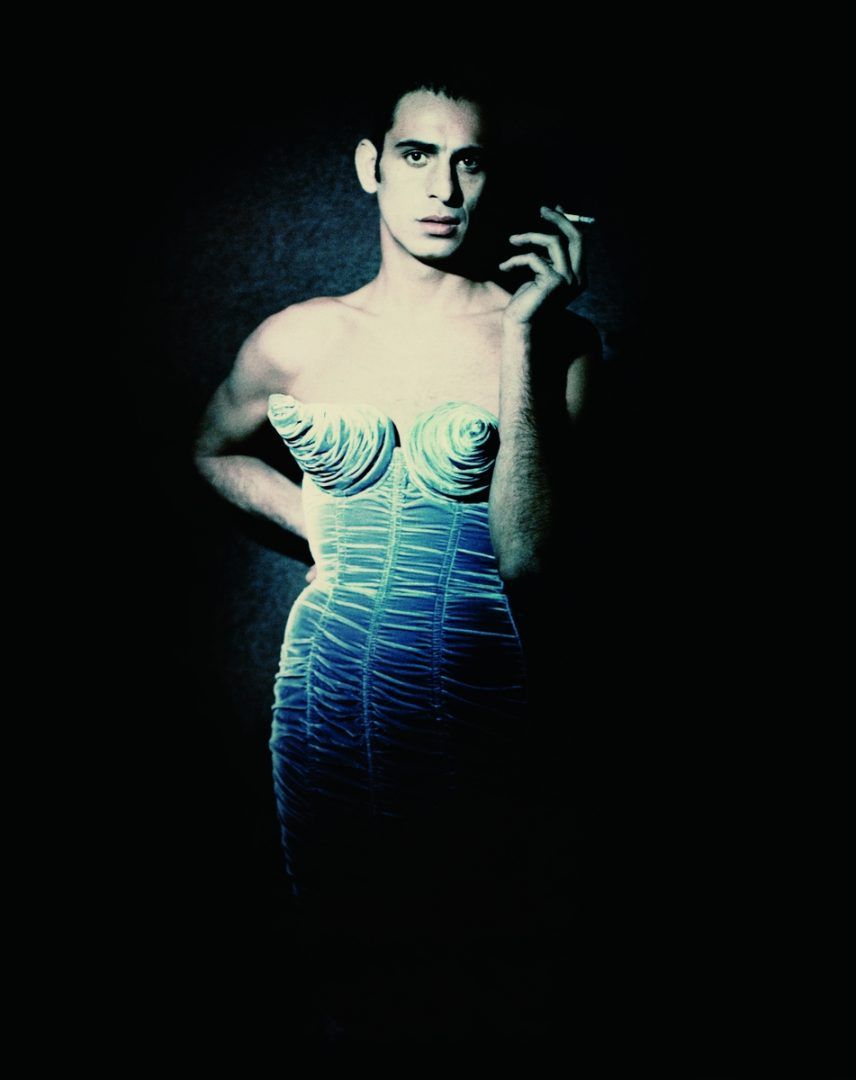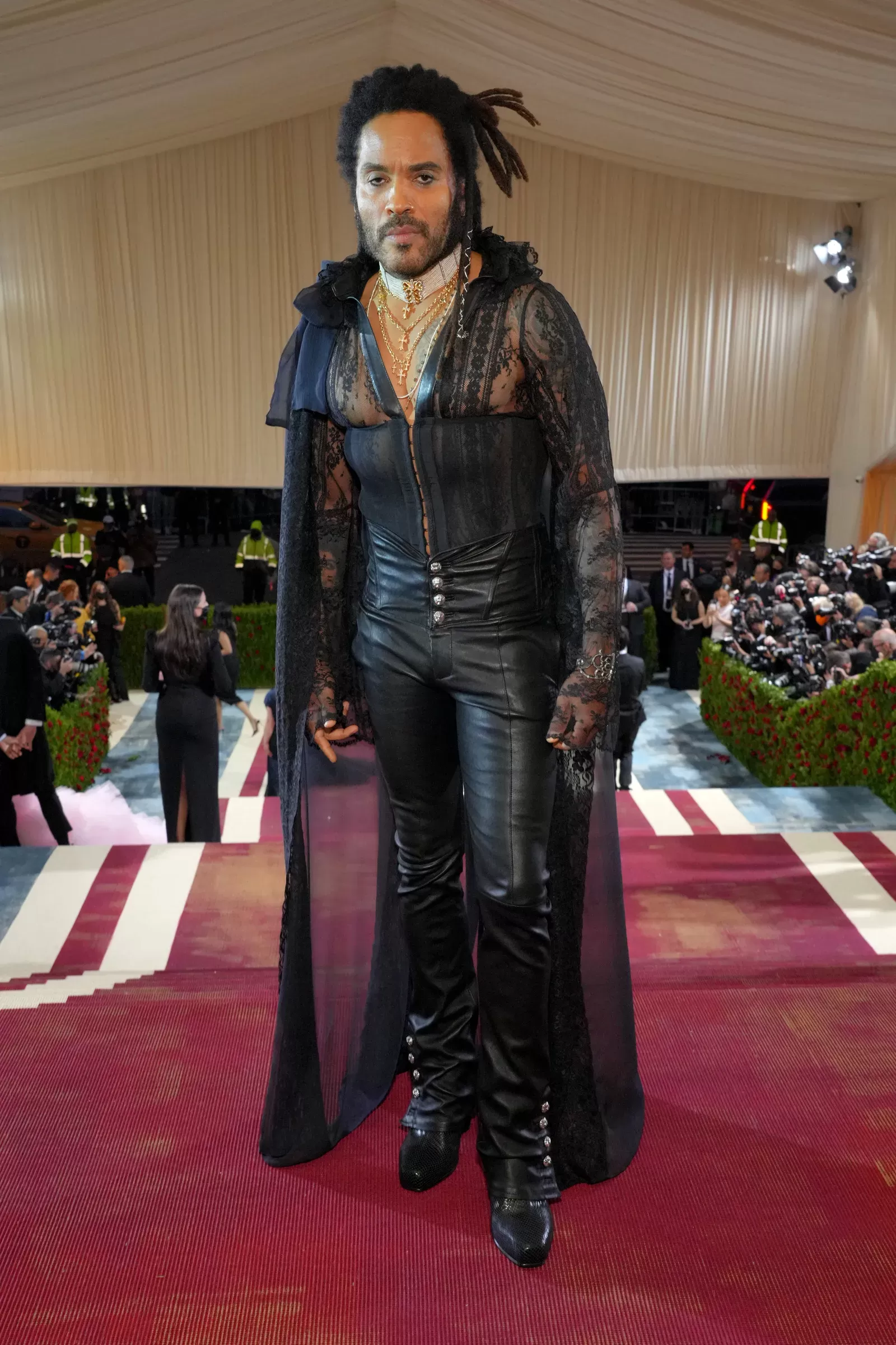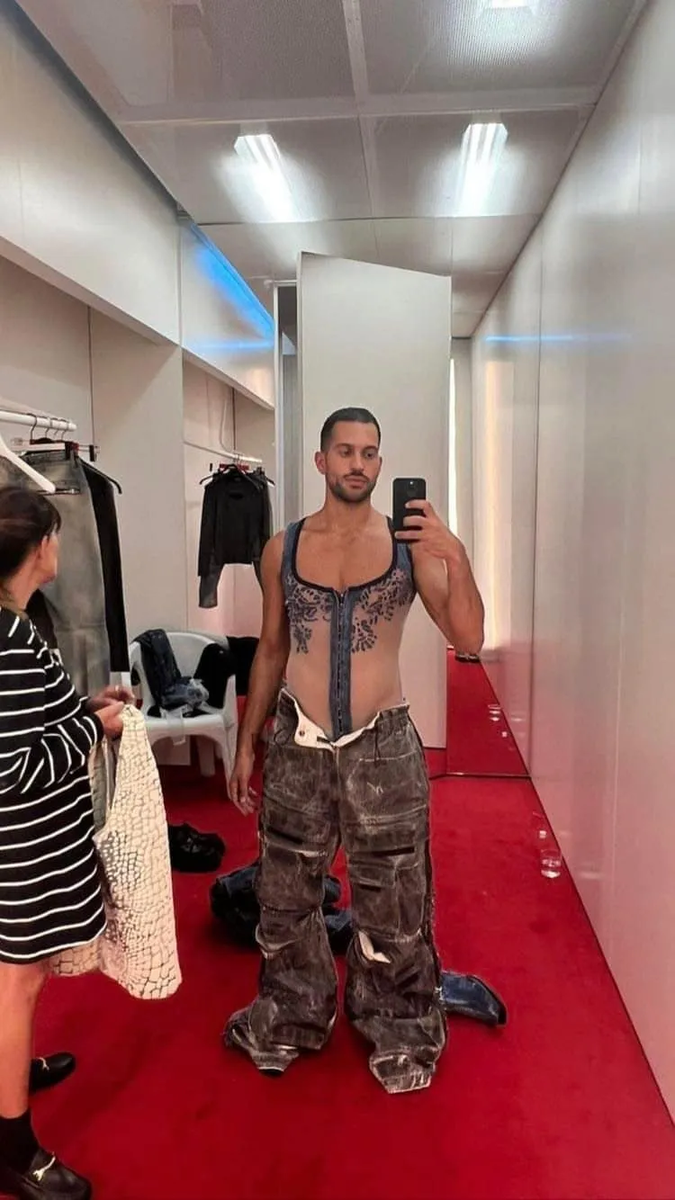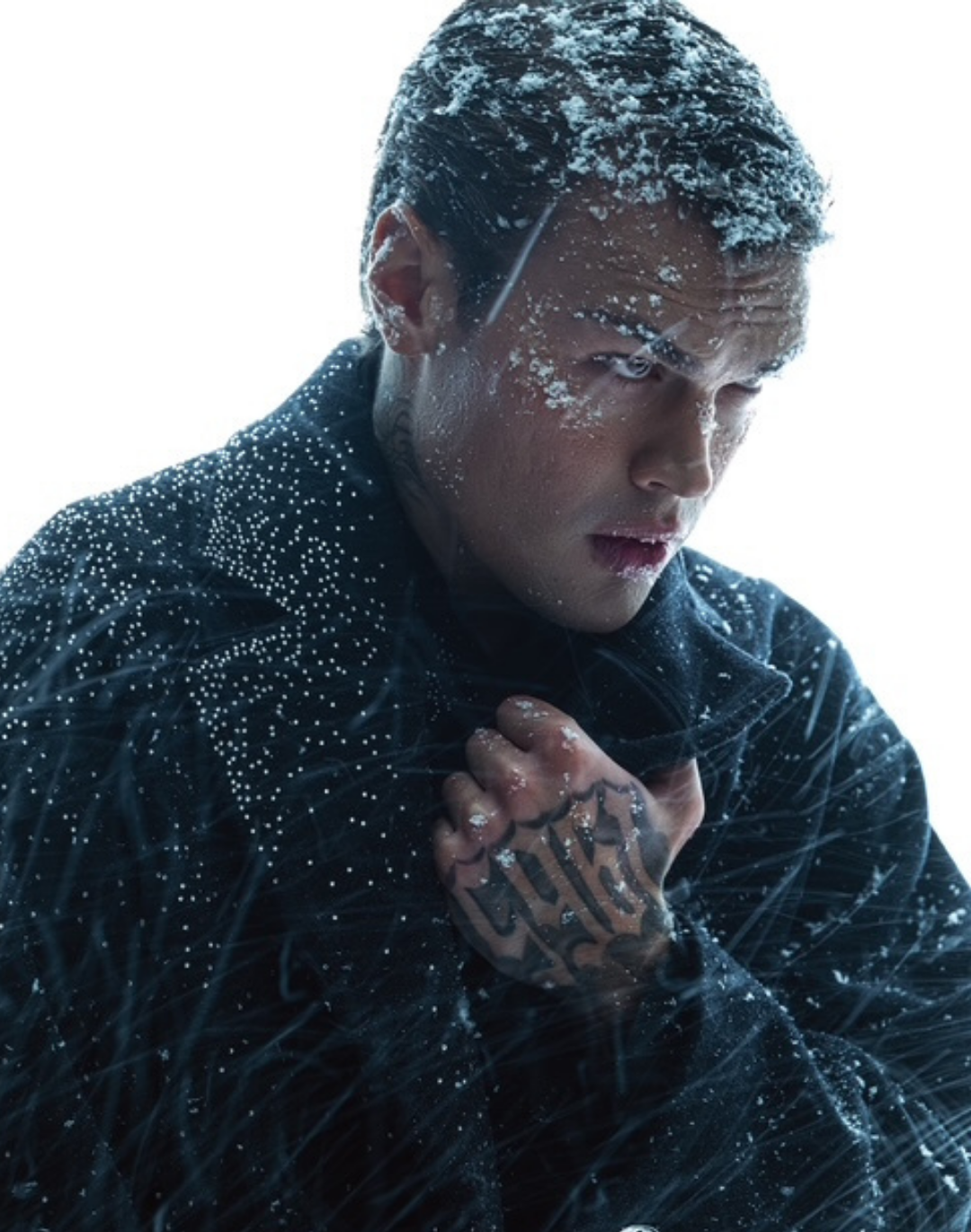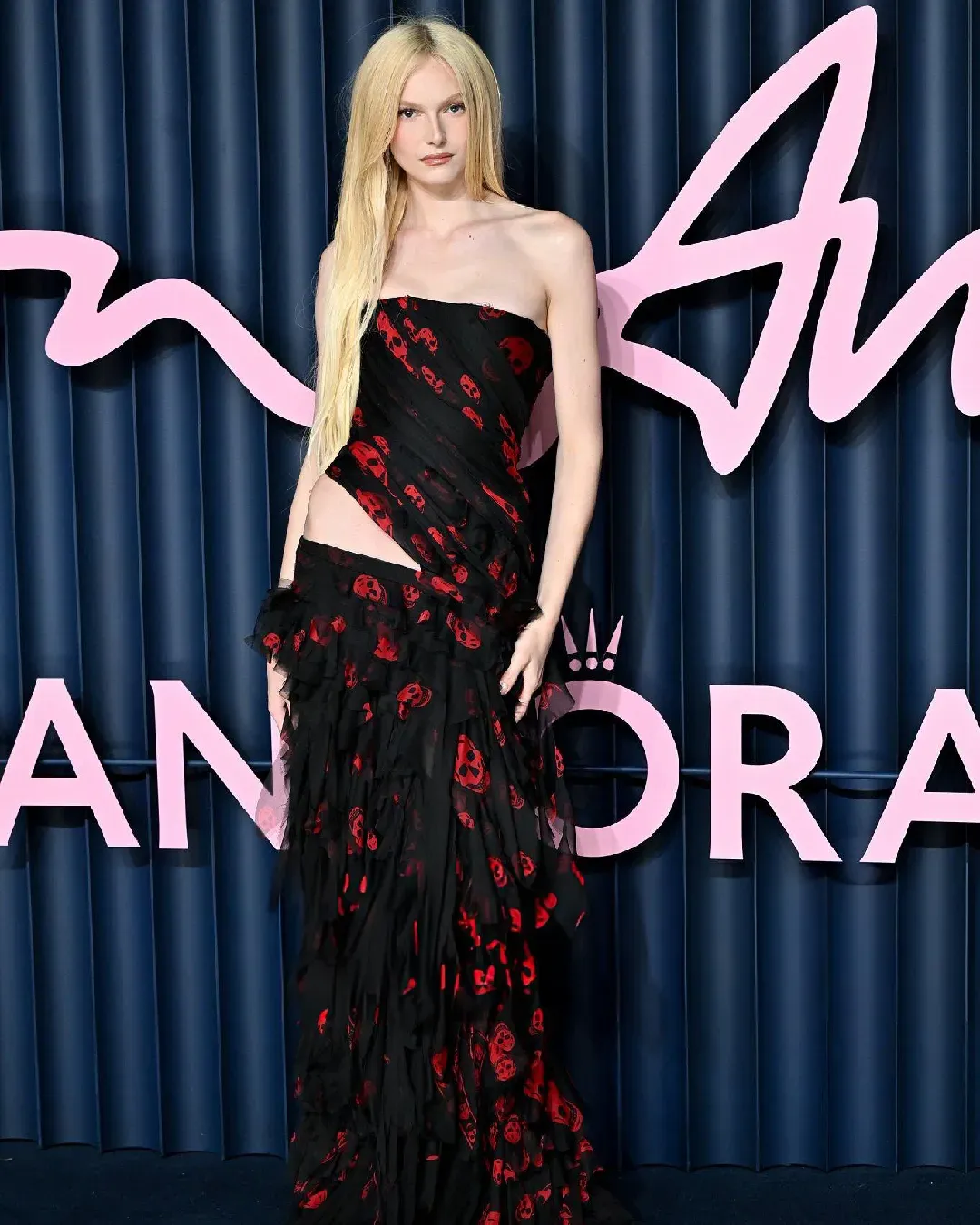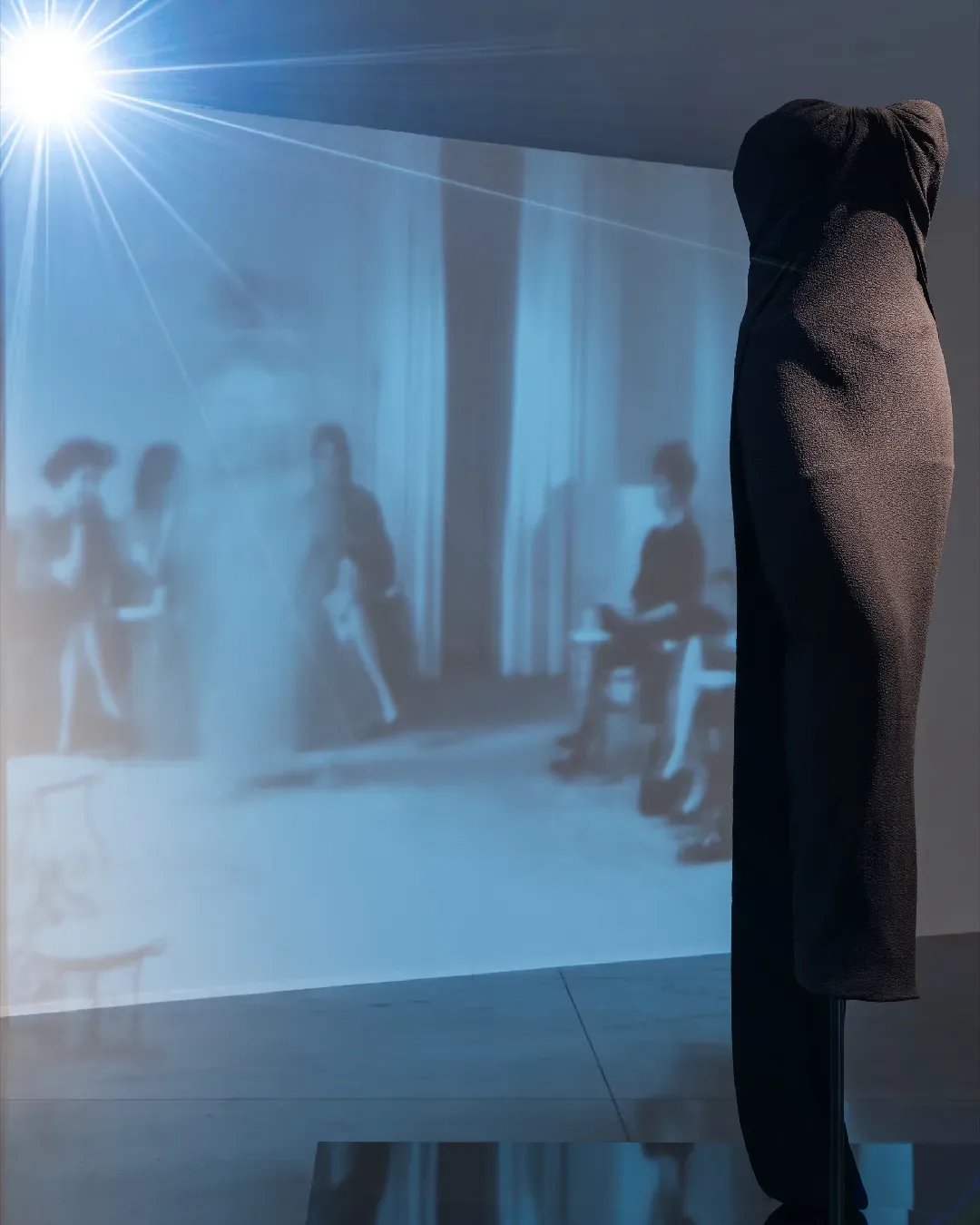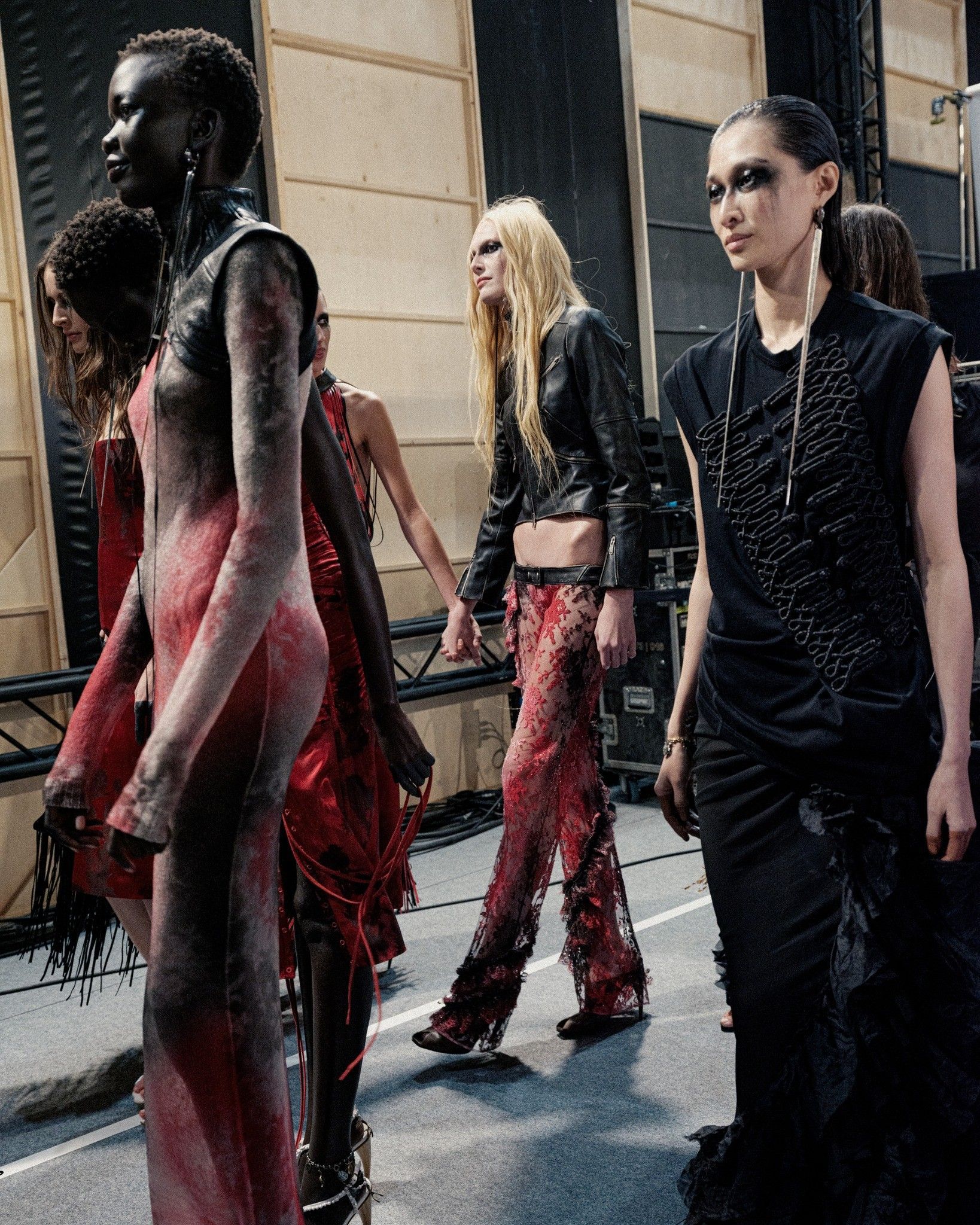
There is nothing more traditional than a man wearing a corset History of men's corsets, from military clothing to the Dolce & Gabbana catwalks
Fortunately, before Blanco ruined his reputation by vandalizing the stage of the Ariston, we had time to admire his all-white Dolce & Gabbana look: an unbuttoned organza shirt, silk trousers and a waist band halfway between a corset and a sash. From Achille Lauro to Rosa Chemical, the Sanremo Festival under the artistic direction of Amadeus has certainly given space to a revolution in men's wardrobe that is struggling to catch on in Italy. But with the advent of unisex fashion, androgynous and post-gender aesthetics, women's clothes are invading men's clothes and vice versa, so that the boundaries between the two are disappearing. A man no longer has to call himself queer to wear a corset, the garment manifest of this invasion of the field and the absolute protagonist of men's fashion during the last Milan Fashion Week, from Charles Jeffrey Lover Boy to Magliano and D&G. But are we really sure that the corset belongs exclusively to the tradition of women's fashion and that it is a revolutionary act for a man to wear a corset?
Truth be told, the use of corsets by men has very ancient origins, like the 'reinforced bands' was probably common as early as the Middle Ages and Renaissance courts to support the back and allow for rigid and correct posture. From the 16th century onwards, soldiers began to wear a corset under their uniform to support them during strenuous marches and often in war. But it was not until the second half of the 19th century, under the reign of Queen Victoria, that the corset acquired aesthetic rather than functional value, thanks to the redingote, a French-language mispronunciation of the English riding coat, a bolted, often tracked overcoat popular with dandies because it replicated the enviable hourglass silhouette by emphasizing the waist and width of the shoulders. In the fashion world, the word corset rhymes with Mr Pearl, the pen name of Mark Erskine-Pullin, a renowned corset maker and collaborator and friend of greats such as John Galliano, Vivienne Westwood and Alexander McQueen, as well as creator of the surreal silhouettes of Thierry Mugler and Jean Paul Gaultier. Mr Pearl not only designs and makes corsets, but is also known for wearing corsets himself. At the age of 30, he was inspired by a picture of the artist Fakir Musafar wearing a corset and began wearing it to "train" his waist. He only took it off to bathe, so over the course of 22 years he gradually reduced his waist circumference to 18 inches (460 mm).
From the bustier armour of Alexander McQueen in FW09 to the new masculinity of John Galliano and the dandyism of Thom Browne, corsets have earned their way onto the catwalks in menswear over the years. Brands that pioneered genderless fashion have explored their boundaries in a variety of forms: navy ribbons for Philosophy by Lorenzo Serafini, tube tops for Ludovic di Saint Sernin, leather for Gucci by Alessandro Michele, goth for Balenciaga under Demna. Then there are emerging brands that bring to the fore a vision of the male wardrobe that is much less static than in the past and represents a new generation of consumers: No Sesso, ACT N1, Head of State, Charles Jeffrey Lover Boy, to name a few. On the red carpets, Evan Mock's unforgettable looks in a lemon yellow corset and Cartier necklace for the Met Gala in 2022, the same year Lenny Kravitz caused a stir with a fetish bustier and all-black organza outfits. In Italy, the pioneers of the genre are Maneskin, Achille Lauro, now Blanco and, a while ago, his colleague Mahmood, who posted a look of himself in a corset and cargo jeans by Diesel via Instagram Stories. With peace of mind for traditionalists, because if we wanted to follow tradition, even the military would wear a corset.











































